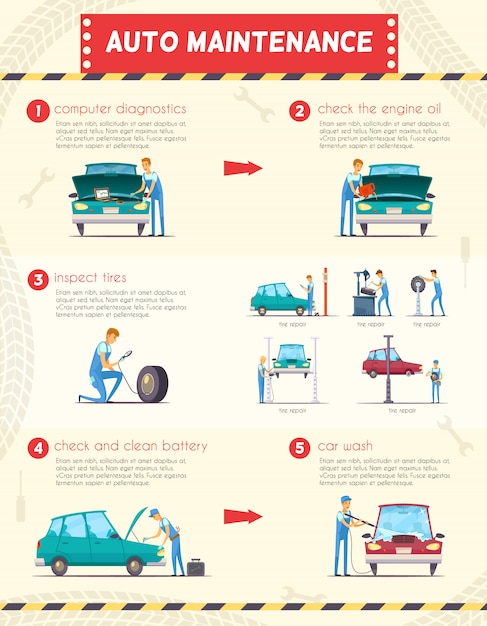Intrigued In Recognizing The Caution Lights On Your Car'S Control Panel? Discover Their Importance For Your Automobile'S Safety And Security And General Condition
Intrigued In Recognizing The Caution Lights On Your Car'S Control Panel? Discover Their Importance For Your Automobile'S Safety And Security And General Condition
Blog Article
Content Writer-Vinson Kejser
When you lag the wheel, those radiant caution lights on your control panel can be a bit bewildering. Do you understand what they're attempting to inform you regarding your auto's health and wellness? Understanding cars detailing of these lights is crucial for your safety and security and the durability of your vehicle. So, the following time among those lights appears, would not you wish to analyze its message accurately and take the needed actions to address it?
Common Caution Lighting and Interpretations
Recognize common warning lights in your cars and truck and understand their significances to ensure risk-free driving.
One of the most normal caution lights include the check engine light, which indicates issues with the engine or discharges system. If this light comes on, it's important to have your vehicle examined promptly.
The oil pressure cautioning light indicates low oil stress, requiring immediate attention to avoid engine damages.
A flashing battery light may recommend a defective billing system, potentially leaving you stranded otherwise addressed.
The tire stress tracking system (TPMS) light informs you to reduced tire stress, influencing vehicle security and fuel performance. Disregarding this could result in hazardous driving problems.
truck interior detailing suggests a trouble with the anti-lock stopping system, compromising your capability to stop swiftly in emergency situations.
Finally, the coolant temperature cautioning light warns of engine getting too hot, which can result in extreme damage otherwise settled swiftly.
Recognizing these common warning lights will help you attend to problems without delay and preserve risk-free driving conditions.
Relevance of Prompt Attention
Understanding the usual caution lights in your car is just the primary step; the relevance of immediately attending to these cautions can not be highlighted sufficient to ensure your safety on the road.
When a warning light illuminates on your control panel, it's your vehicle's means of interacting a prospective problem that requires interest. Ignoring these cautions can lead to much more extreme issues in the future, jeopardizing your safety and possibly costing you much more in repairs.
Prompt interest to warning lights can protect against failures and crashes. For example, a blinking check engine light could show a misfire that, if left unattended, can create damage to the catalytic converter. Addressing this quickly can conserve you from a pricey fixing.
In a similar way, a brake system warning light may signify reduced brake fluid or used brake pads, critical elements for your safety and security when driving.
Do It Yourself Troubleshooting Tips
If you see a caution light on your control panel, there are a couple of do it yourself fixing tips you can attempt before looking for expert help.
The primary step is to consult your auto's manual to understand what the details caution light suggests. Occasionally the issue can be as basic as a loosened gas cap causing the check engine light. Tightening the gas cap may resolve the trouble.
An additional typical issue is a low battery, which can set off various warning lights. Inspecting the battery links for rust and ensuring they're protected could deal with the trouble.
If a caution light persists, you can try resetting it by separating the car's battery for a few minutes and then reconnecting it. Additionally, inspecting your car's liquid degrees, such as oil, coolant, and brake liquid, can help repair alerting lights connected to these systems.
Final thought
In conclusion, comprehending your car's warning lights is important for maintaining your automobile running efficiently and safely. By immediately addressing these notifies and recognizing what they suggest, you can avoid expensive repairs and potential breakdowns.
Remember to consult your auto's guidebook for certain information on each cautioning light and do something about it accordingly to guarantee a trouble-free driving experience.
Remain notified, stay risk-free when traveling!
